Visuals / Interview
Kasper Raglus
Hailing from the sleepy surf coast town of Aireys Inlet, Kasper Raglus specialises in emotively abstract visual art, forging earthy tones and textures with refined geometric forms. His unique ability comes as no surprise, as artistic talent is in his blood; his father is esteemed artist Jeff Raglus, most well known for his work with Mambo in the 90s.
However, without denying his father’s influence, Kasper has developed his own distinctive and intricate style, and one that stands on its own amongst much of the other work going on in the Australian art world. Trouble Juice caught up with Kasper to discuss inspiration, the creative impact of coastal life compared to the city, and more recently, his first venture into the world of album art.
However, without denying his father’s influence, Kasper has developed his own distinctive and intricate style, and one that stands on its own amongst much of the other work going on in the Australian art world. Trouble Juice caught up with Kasper to discuss inspiration, the creative impact of coastal life compared to the city, and more recently, his first venture into the world of album art.
TJ: How did you find growing up within a creative environment at home? Can you share some influences/points of inspiration?
KR: At the time it was just normal to me - having art everywhere in the house, going to my dad’s openings at galleries in Melbourne and Sydney etc. It just seemed like a normal job. Looking back, it definitely had a massive impact on me and really helped me get better at drawing from an early age. Both my parents have had creative jobs most of their life but have treated them like a ‘regular’ job - as in, paint all day and work hard to get results and I have learnt from that. Because my parents also had friends in the art world I got to see a lot of different stuff, from puppet makers to ceramicists making work on a professional level.
Being influenced by your dad’s work growing up, how have you found breaking through with your own style and establishing your own identity on the scene?
I remember around 2011 when I was about 21 I had the huge urge to make my own style, and have it very different from my dad’s style. I have always loved minimal art and design, so I started playing around with a lot of different ideas that would lend themselves towards minimal, geometric shapes. I found a style and stuck with it and things have evolved from there over time.
KR: At the time it was just normal to me - having art everywhere in the house, going to my dad’s openings at galleries in Melbourne and Sydney etc. It just seemed like a normal job. Looking back, it definitely had a massive impact on me and really helped me get better at drawing from an early age. Both my parents have had creative jobs most of their life but have treated them like a ‘regular’ job - as in, paint all day and work hard to get results and I have learnt from that. Because my parents also had friends in the art world I got to see a lot of different stuff, from puppet makers to ceramicists making work on a professional level.
Being influenced by your dad’s work growing up, how have you found breaking through with your own style and establishing your own identity on the scene?
I remember around 2011 when I was about 21 I had the huge urge to make my own style, and have it very different from my dad’s style. I have always loved minimal art and design, so I started playing around with a lot of different ideas that would lend themselves towards minimal, geometric shapes. I found a style and stuck with it and things have evolved from there over time.
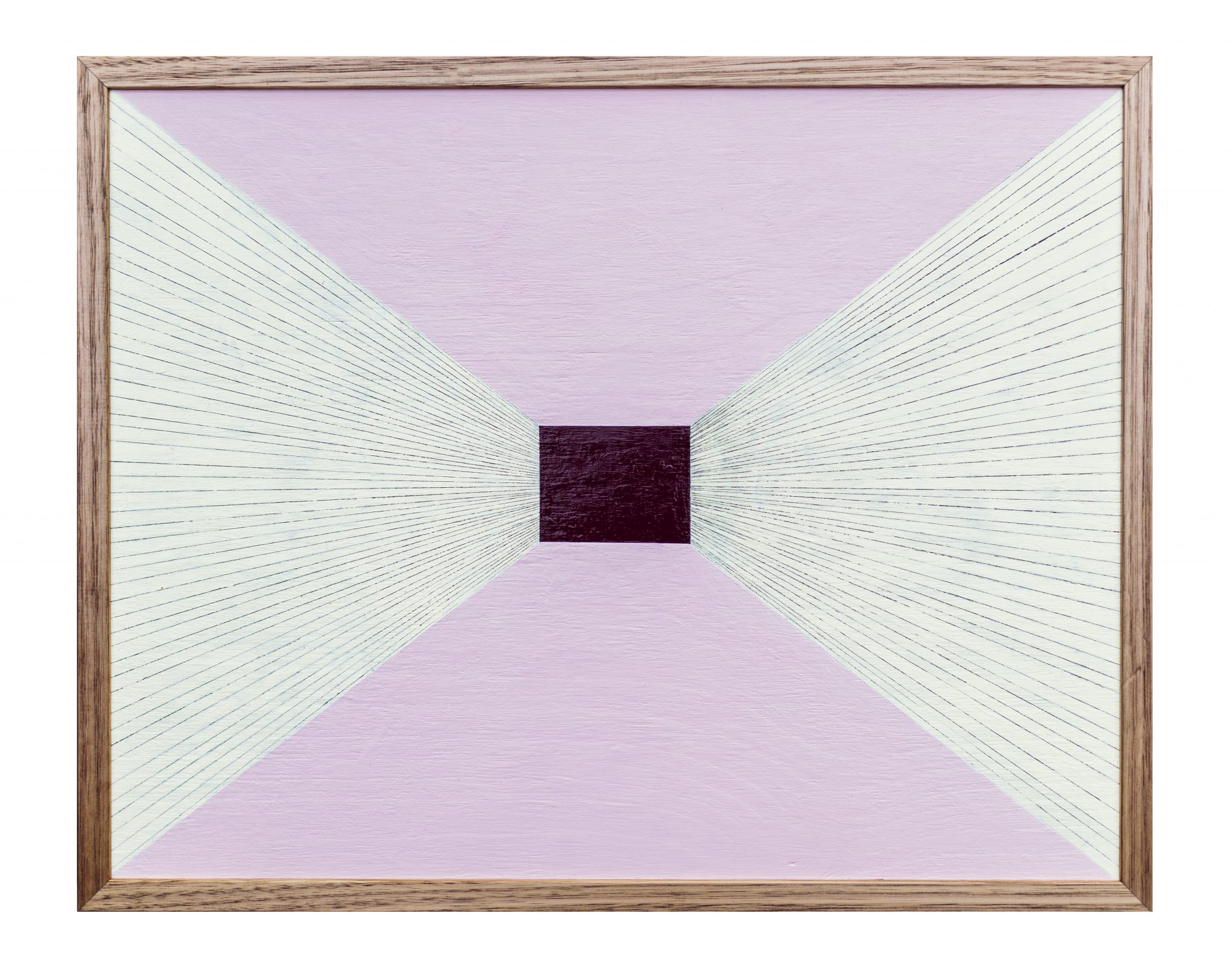
The coastal environment is evidently a great influence on your work, growing up and now living and working in Aireys Inlet. How do you find exhibiting in the city at the likes of Modern Times and Outre gallery? You’ve mentioned the significance of evoking feelings through your works and the ability for the viewer to apply their own life situations to your paintings, is there something from the coast that you’re hoping to engage the city viewer with?
Definitely the space down here, I think you really have to switch off and live life differently on the coast. Just tapping into more basic things like what direction the wind’s blowing and what are the tide times, obviously for surfing but also its nice to just have something healthy to obsess over. Also it makes going to Melbourne once a week a bit more of a treat. I hope people can feel the space in my work, it’s a direct influence from being down here on the coast so that would be cool if people can feel that. I think showing in Melbourne has been great for me for that very reason, maybe because I bring something different to the table - as in, I’m not another artist living on the north side who went to VCA (not that there is anything wrong with that). I like to think sometimes when people see my work that they have no idea who I am or what I look like but they can feel a connection to what I was trying to get across even though my art is ‘abstract’. I try to ingrain a mood into each painting as much as I can.
While there’s so many amazing artists working out of rural and coastal environments, do you think there’s a greater scope to engage these wider communities in the art world, whether it’s public art or private shows? While Melbourne is an invaluable creative hub it would be great to engage audiences beyond the city.
That’s where travelling is so great for looking at art, because when you are home you never have time to visit four galleries in a week, but if you’re visiting a city you can look at art all day. Not everyone has the privilege of traveling like that and I don’t really get to see that much art down here, but the internet is amazing for keeping up to date. I’m lucky that Melbourne is just up the road and I can see and show there. I think if you are an artist painting in a rural area you have to use that to your advantage, not just in the way that you paint but your ‘back story’ - people love knowing a bit about the artist and if they’re from somewhere romantic it can help boost a profile. I think the internet will change the art world again and again. For example, I was lucky enough to show in Barcelona thanks to Instagram. I think I have to look at the positives of things changing from people buying art at private galleries to selling online etc. But the end of the day it’s all about the painting and trying to be a better artist.
Definitely the space down here, I think you really have to switch off and live life differently on the coast. Just tapping into more basic things like what direction the wind’s blowing and what are the tide times, obviously for surfing but also its nice to just have something healthy to obsess over. Also it makes going to Melbourne once a week a bit more of a treat. I hope people can feel the space in my work, it’s a direct influence from being down here on the coast so that would be cool if people can feel that. I think showing in Melbourne has been great for me for that very reason, maybe because I bring something different to the table - as in, I’m not another artist living on the north side who went to VCA (not that there is anything wrong with that). I like to think sometimes when people see my work that they have no idea who I am or what I look like but they can feel a connection to what I was trying to get across even though my art is ‘abstract’. I try to ingrain a mood into each painting as much as I can.
While there’s so many amazing artists working out of rural and coastal environments, do you think there’s a greater scope to engage these wider communities in the art world, whether it’s public art or private shows? While Melbourne is an invaluable creative hub it would be great to engage audiences beyond the city.
That’s where travelling is so great for looking at art, because when you are home you never have time to visit four galleries in a week, but if you’re visiting a city you can look at art all day. Not everyone has the privilege of traveling like that and I don’t really get to see that much art down here, but the internet is amazing for keeping up to date. I’m lucky that Melbourne is just up the road and I can see and show there. I think if you are an artist painting in a rural area you have to use that to your advantage, not just in the way that you paint but your ‘back story’ - people love knowing a bit about the artist and if they’re from somewhere romantic it can help boost a profile. I think the internet will change the art world again and again. For example, I was lucky enough to show in Barcelona thanks to Instagram. I think I have to look at the positives of things changing from people buying art at private galleries to selling online etc. But the end of the day it’s all about the painting and trying to be a better artist.
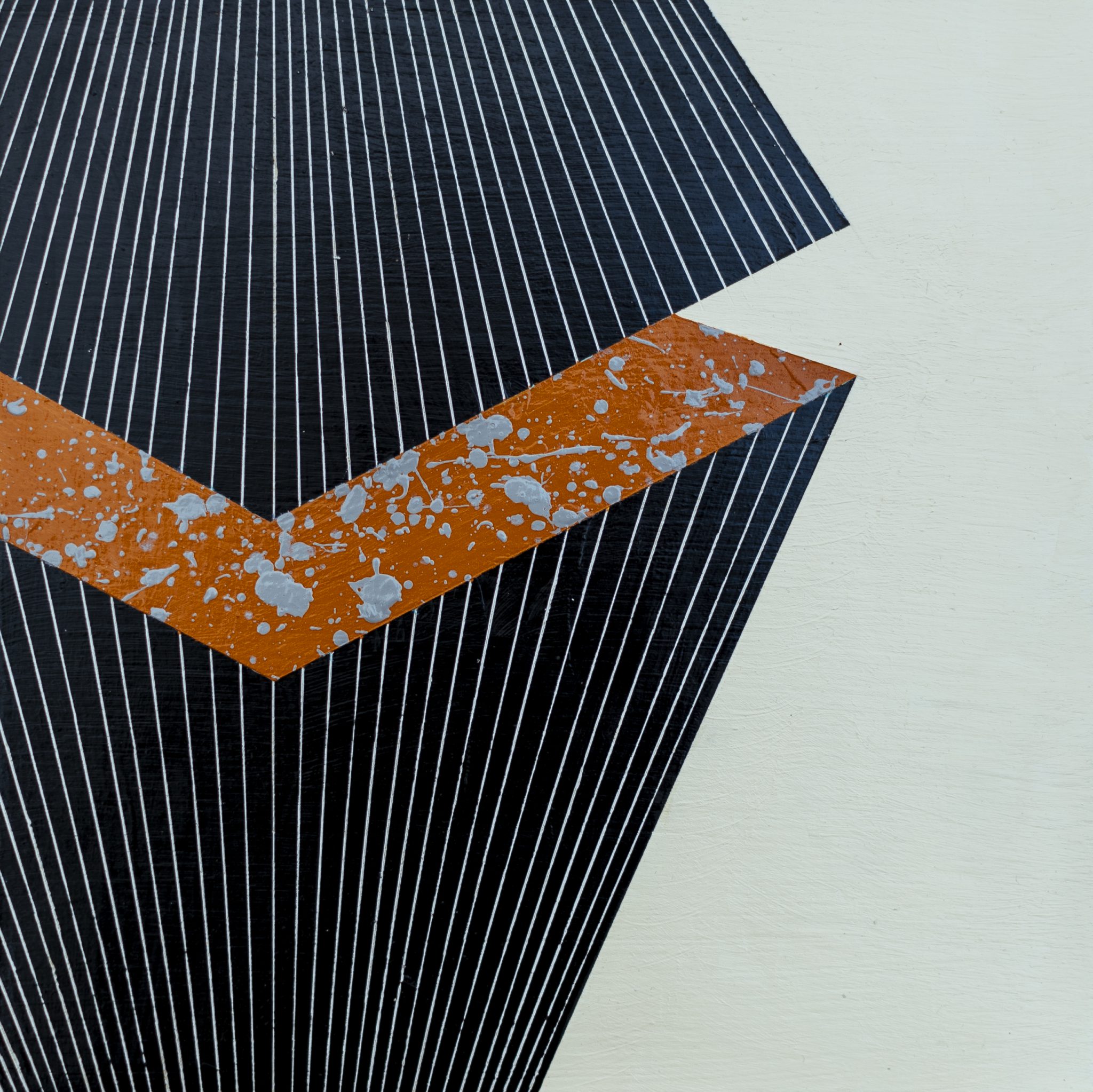
You’ve recently created the cover art for Sagamore’s forthcoming album Charlemont Reef and you’ve mentioned music, particularly lyrics, are a great influence on your work. It seems like an obvious progression to work with musicians but has this been a goal for a while/something you’d want to go further with? How did you find the process?
Working with Sagamore to create a unique one-off album cover was great because they were already fans of my fine art. So I basically just had to tweak one of my paintings to fit a cover and it came out perfect. I’m really happy they chose me because I have always wanted to see my art on a vinyl record cover, plus I think it will stand out amongst other cover styles of recent times to be honest. I always have music on in the studio and I still play guitar everyday so it’s a massive influence on my work, if not the biggest of all.
Working with Sagamore to create a unique one-off album cover was great because they were already fans of my fine art. So I basically just had to tweak one of my paintings to fit a cover and it came out perfect. I’m really happy they chose me because I have always wanted to see my art on a vinyl record cover, plus I think it will stand out amongst other cover styles of recent times to be honest. I always have music on in the studio and I still play guitar everyday so it’s a massive influence on my work, if not the biggest of all.
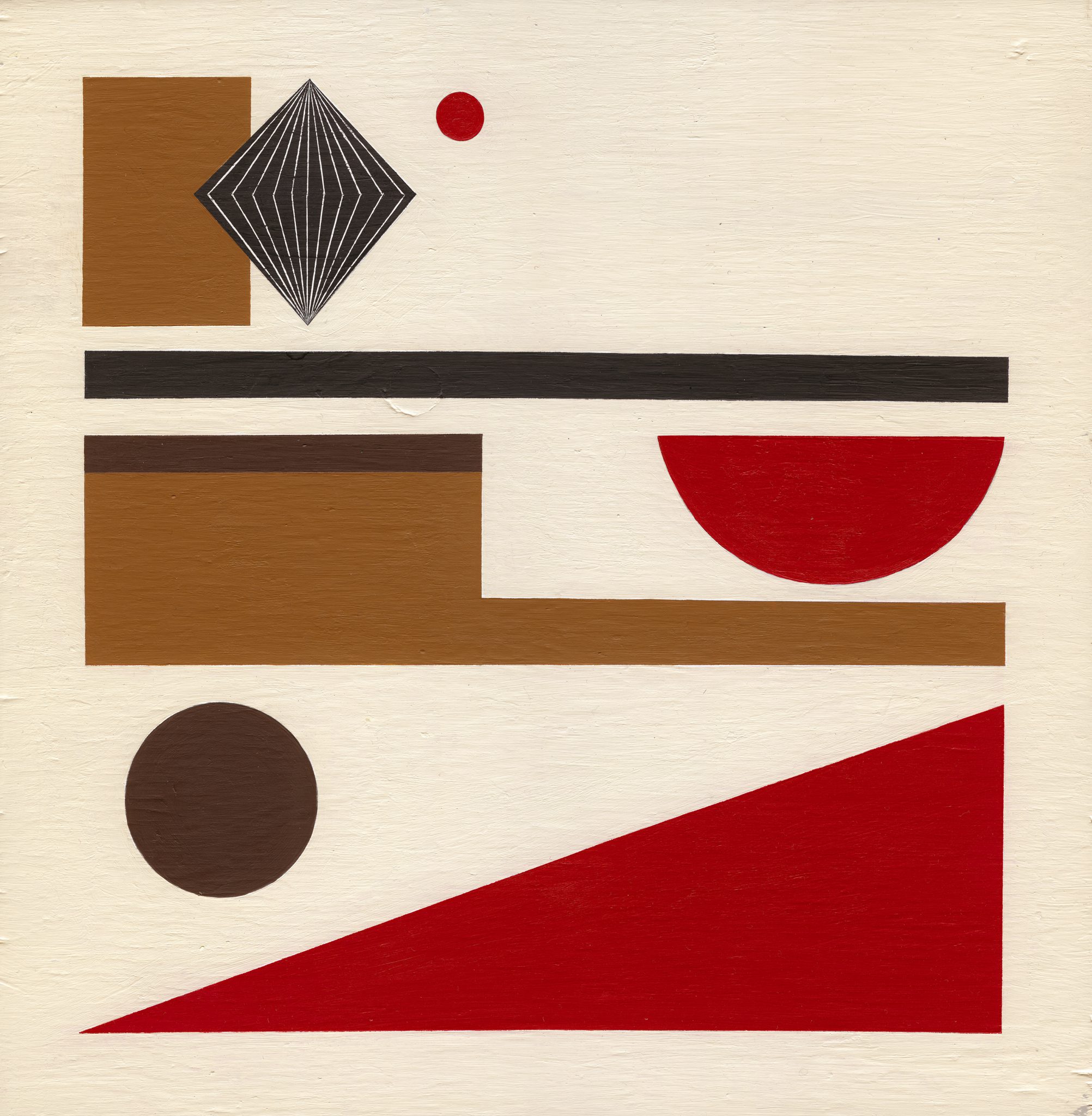
You’ve just gotten back from a trip to Japan! How was it? Apart from checking out The Watari Museum of Contemporary Art (excuse the insta stalk), are there any other great sources of inspiration you gained from the trip?
Naoshima (The Art Island) was really great. I loved the architecture of all the museums. They were a art piece in themselves. I think the entrance to one of the galleries almost looked like a giant 3D version of one of my paintings. Very inspiring.
Is there anything you’re itching to work on since returning?
Doing some sign work for a shop in Melbourne and then straight into painting for two solo shows for next year.. eek!
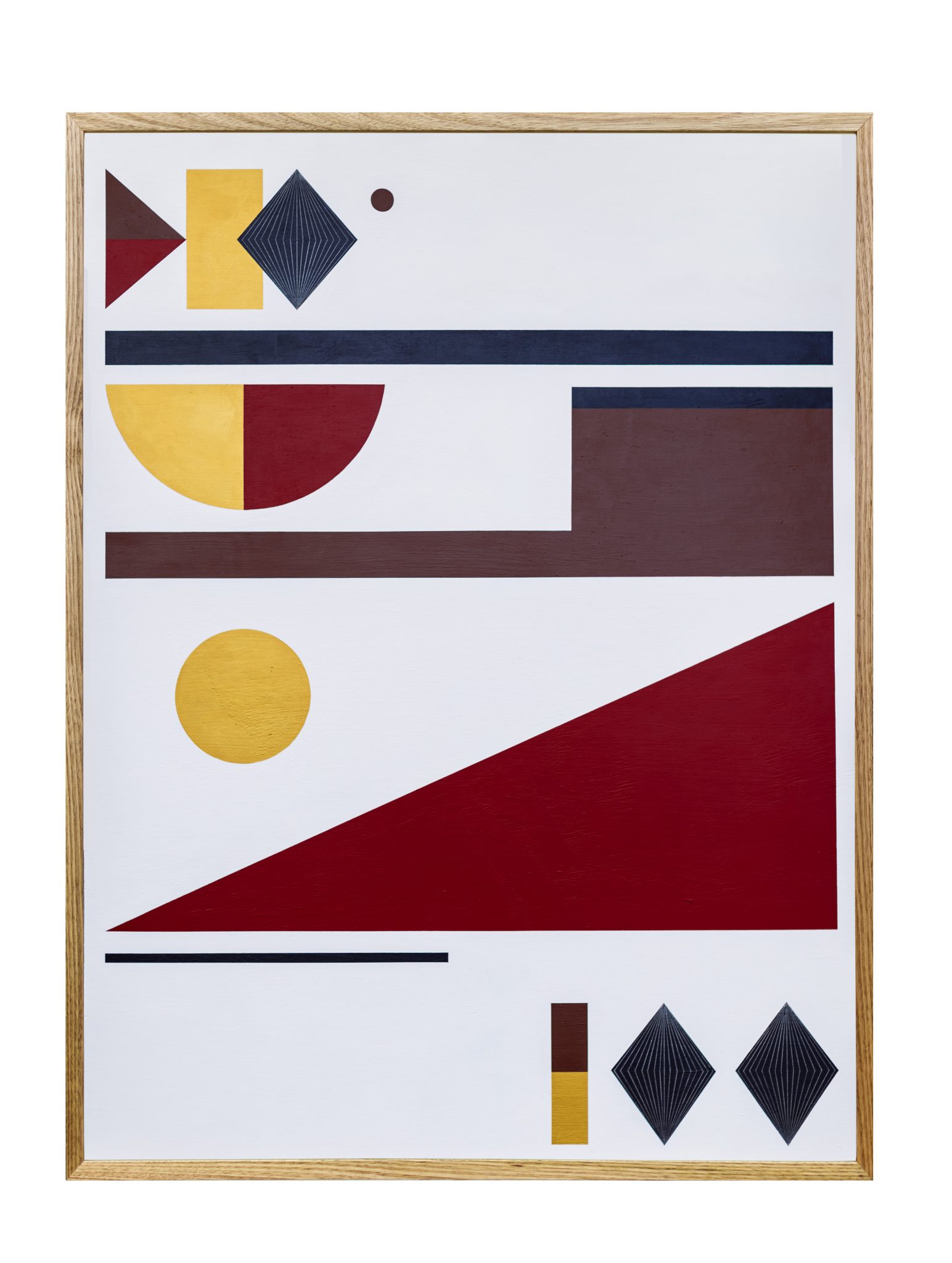 |
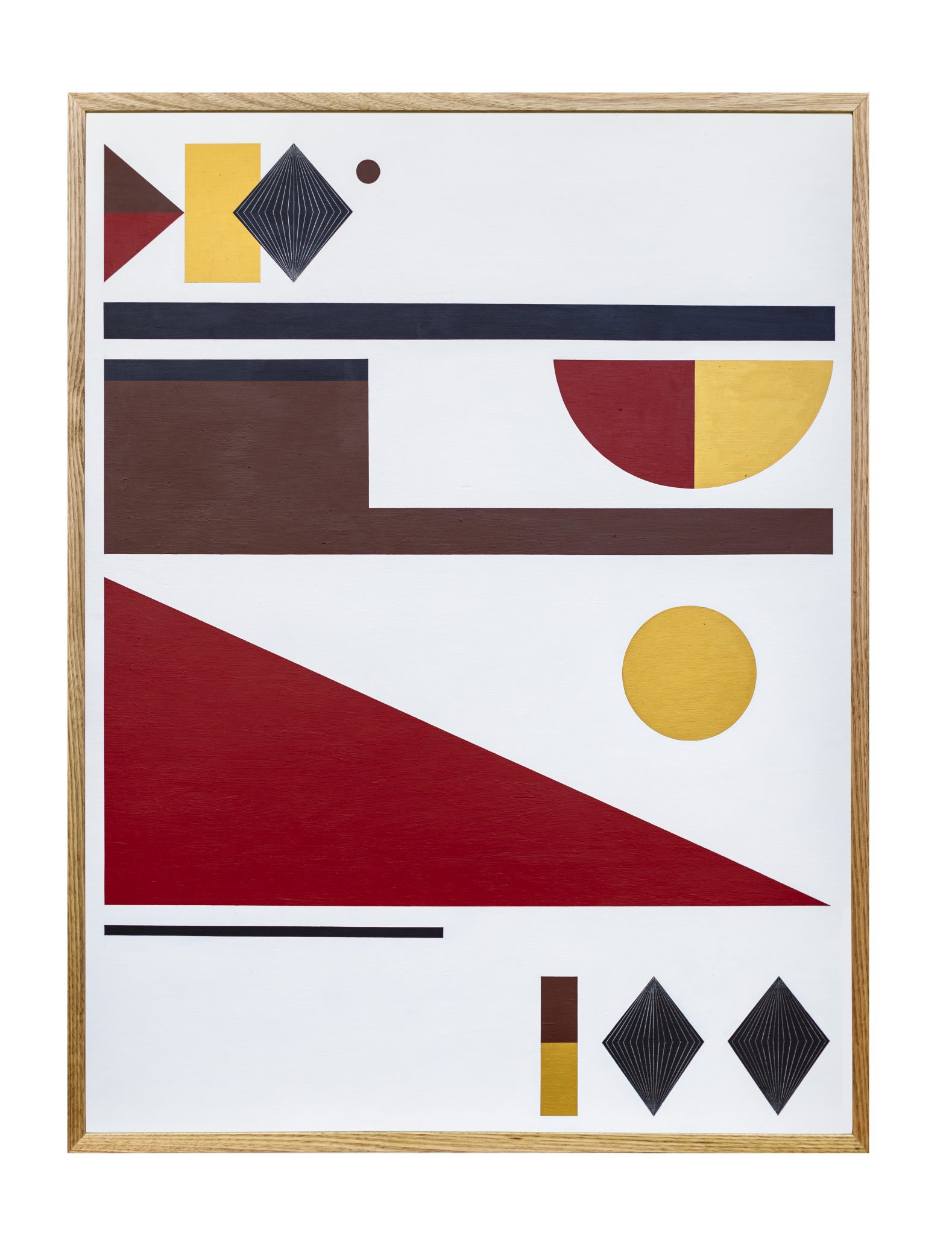 |
|---|




